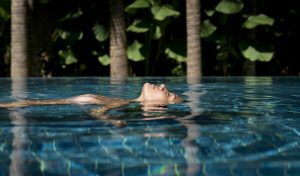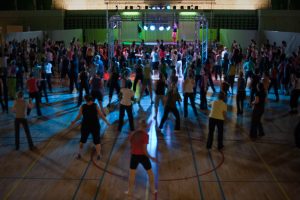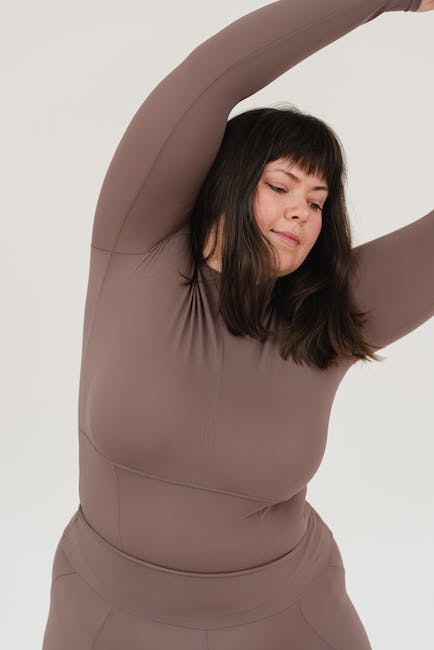
Understanding the Pilates Fitness Component
Are you looking for an effective and exciting way to get fit? Pilates could be the answer. In this article, we’re going to break down everything you need to know about the Pilates fitness component and why it might be the perfect choice for your fitness goals.
List of Content
- 1. What is Pilates?
- 2. Benefits of Pilates
- 3.
- 4. Pilates Core Movements
- 5. Essentials for a Pilates Workout
- 6. Making Pilates Part of Your Fitness Routine
- You Ask, I answer
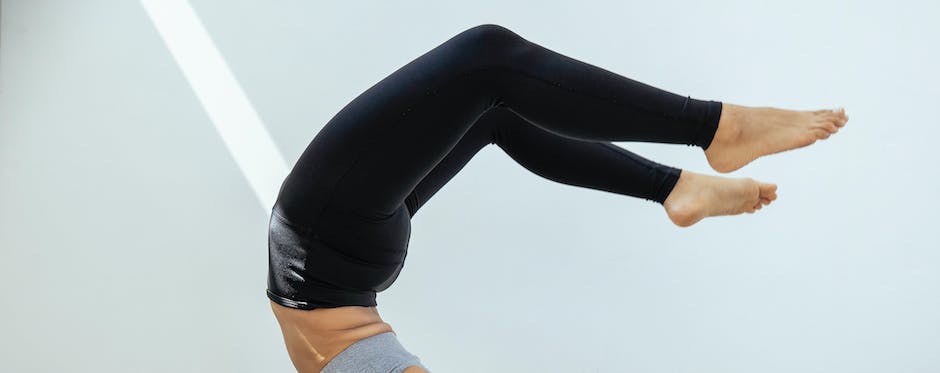
1. What is Pilates?
Pilates is a fitness technique which combines elements of yoga, calisthenics and gymnastics. It focuses on building core strength and improving postural alignment. It was developed over 90 years ago by the German-born Joseph Pilates and is now popular worldwide.
How does Pilates work?
- Pilates emphasizes the use of the mind to control the muscles.
- You learn to use your breath to coordinate and deepen your movements, and to increase concentration.
- By focusing on core strength, you can begin to build a stable foundation for all other physical activities you do.
- It also works on creating overall physical balance, allowing you to stay injury free and to have better overall posture.
What are the benefits of Pilates?
- It strengthens the body’s core muscles, as well as larger muscles like the glutes and hamstrings.
- It builds flexibility, stamina and balance.
- It increases coordination and concentration.
- It helps to reduce stress levels and anxiety.
Who can do Pilates? Pretty much anyone can benefit from Pilates! It is a low-impact exercise that can be tailored to individual needs, fitness levels, age, gender, etc. It doesn’t require a lot of strength as with other exercises, and can be practiced by just about anyone.
Where to practice Pilates? Pilates can be practiced in a few different settings depending on your needs, including one-on-one lessons, group classes, or at home with instructional videos. A qualified instructor will be able to help you understand the fundamentals of Pilates and offer individual adjustments when needed.
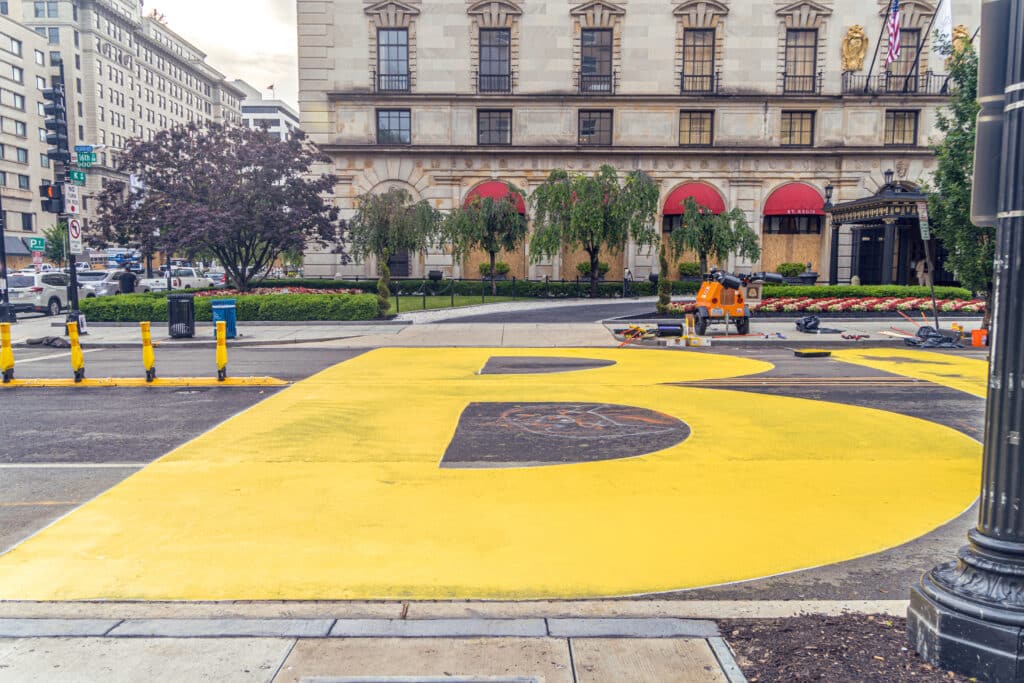
2. Benefits of Pilates
Better flexibility: Pilates increases flexibility, allowing your joints to move through their full range of motion. Greater flexibility leads to improved coordination, posture, balance, and circulation.
Enhanced Strength: Pilates can help to build powerful core muscles. Generally, during Pilates exercises, the smaller muscle groups are isolated and strengthened first. As a result, the muscles around your spine get extra support, which can lead to improved posture and a stronger body in general.
Improved Breathing: One thing that sets Pilates apart from other forms of exercise is that it also focuses on breath work. Learning the correct breathing technique for exercising and for everyday living can help you better use your lung capacity and improve circulation.
Reduced Stress: Pilates offers a range of mental benefits as well. Many people report feeling relaxed and “in the zone” during a Pilates session, as the focus on the breath – and the accompanying concentration – helps clear the mind of other worries and concerns. Plus, the regular practice of Pilates can help you develop greater body awareness and confidence, improving your overall mental wellbeing.
3.
Pilates is a comprehensive fitness system designed to help improve your strength, flexibility, and overall wellbeing. It includes a variety of exercises for all levels of fitness and is suitable for both men and women. In order to gain the most benefit from Pilates, it’s important to understand the main components of the system.
The Reformers: The main tool used in Pilates exercises is the Reformers – a wide, strong bed-like apparatus with a sliding carriage and lots of adjustable springs. It provides stability and challenge during the exercises, allowing you to customize your workout.
The Mat: Pilates can also be done using the Mat – a simple 18 inch by 6 foot piece of equipments. Many of the classic Floor Pilates exercises can be done with this simple piece of equipment, and it is an excellent way to warmup or cool down.
The Exercises: Pilates focuses on several key elements including:
- Core strength
- Postural alignment
- Breathing control
- Co-ordination and flow
Exercises range from gentle stretches to more challenging activities that can help improve mobility, flexibility, balance, posture, strength, and overall wellbeing.
4. Pilates Core Movements
Side Leg Series
The side leg series is an effective Pilates exercise used to target the obliques, core and inner thigh muscles. This exercise strengthens the core while lengthening the muscles of the side body. To do the side leg series begin by lying in a side lie position, buttock anchored to the mat and legs stretched open in a bound angle position. Lift the top leg towards the sky and slowly lower it back down to the mat, repeating as needed. As you move emphasize pulling your navel in during the entire exercise and feel the side waist extending away from the floor.
Pelvic Curl
The pelvic curl is an important Pilates movement that activates all abdominals. Start the movement in a prone position with arms extended and head in a neutral position. As you lift your head and chest and curl your tailbone in towards your ribs, engage your abdominals to lift your ribcage away from the floor. Concentrate on the core being the driving force during the lift and movement and not relying on the glutes and legs for the action. When finished, lower back down slowly and repeat.
Teaser
The Teaser is a challenging Pilates exercise that requires both strength and control. Begin by lying on your back with knees bent and arms reached in the air towards the ceiling. Inhale as you curl up bringing your arms and legs off the ground, keeping your back in a slight C-curve. As you curl, concentrate on energizing your legs via your core and use your arms to help support your body. When you reach the top position, hold and take a few breaths before slowly lower back down to the mat.
One-Leg Circle
The One-Leg Circle is an intermediate Pilates core exercise that not only strengthens the abdominals and hips, but also lengthens the spine and outer hip. To do the exercise, begin by lying in a supine position and extend one leg up towards the ceiling. Keeping your feet pointed, trace small circles with your extended leg for 10-20 seconds, remembering to draw your navel in and engage your core. Perform the exercise on both sides for equal time before coming back to neutral.
5. Essentials for a Pilates Workout
1) Comfortable Clothes and Shoes: Pilates is an intense physical workout, so it is important to dress in comfortable fitting clothing with non-binding fabric. Avoid wearing clothes with zippers, buttons, and other embellishments that can dig into your skin while you are doing the poses. Comfortable shoes are also important to help support your feet and keep you stable.
2) A Pilates Mat: If you are going to practice Pilates regularly you will need to invest in a Pilates mat. A Pilates mat provides comfortable padding for your body throughout your workout and gives you a stable foundation for your movements. A Pilates mat will also help to prevent any slips or mishaps.
3) Pilates Accessories: You may also want to consider investing in some Pilates-specific accessories. For example, you can use a Pilates ring to add subtle resistance to your movements or a Pilates stick to help support and align your body while you do certain poses. Other accessories like foam blocks and straps can help to provide extra support and stability while you practice.
4) Water and a Towel: To stay hydrated throughout your Pilates session, make sure you bring a bottle of water and a towel. The water will help to replenish the fluid you lose throughout the session and the towel will help to soak up any sweat so you can stay comfortable. Proper hydration is key to getting the most out of your Pilates workout.
6. Making Pilates Part of Your Fitness Routine
Pilates is a great form of exercise for both strengthening and stretching. It offers a wide range of benefits that are often overlooked. Here are some tips for incorporating Pilates into your fitness routine.
Schedule Pilates Classes
- Find a trusted Pilates studio or instructor.
- Schedule a few classes per week to fit into your schedule.
Pilates sessions are usually either one-on-one or in a class with other students. Private sessions are a great way to get personalized attention from an experienced instructor. Plus, they can help build a bond with your instructor as you become comfortable with the exercises.
Start with Beginner Exercises
With Pilates, it’s important to start with beginner exercises. You don’t want to jump right into advanced moves; take it slow and build up your strength and endurance over time. That way, you’ll be able to gradually progress without putting too much pressure on your body.
Focus on Proper Form
When you’re doing Pilates exercises, it’s important to focus on your form. Make sure you have the right posture and are doing the movements with proper alignment. This will help you get the maximum benefit from each exercise and reduce the risk of injury.
Integrate Pilates into Other Exercises
When you have a little more knowledge of Pilates exercises and the proper form, you can start to incorporate them into your other workout routines. Try adding a few moves into your strength-training workouts or using a Pilates-inspired routine as part of your warm-up or cool-down. This is a great way to keep your workouts interesting and get the most out of your time.
You Ask, I answer
Q. What is Pilates?
A. Pilates is an exercise method developed in the early 1900s by Joseph Pilates that focuses on strengthening the body’s core muscles. It is a comprehensive system of stretching and strengthening exercises used to promote physical and mental well-being.
Q. What are the benefits of doing Pilates?
A. Pilates can significantly improve flexibility, posture, balance and overall core strength. It can also help reduce back pain, improve coordination and increase agility. Additionally, Pilates can help individuals build stronger minds and bodies by focusing on proper breathing, concentration, and control.
Q. Are there any special pieces of equipment needed for Pilates?
A. While it is not necessary to own any special equipment in order to do Pilates, there are a variety of props which are often used for more advanced Pilates exercises. For example, resistance bands, exercise balls, and balance discs are all popular props which can add an extra element to an exercise routine.
Q. Does one need to be in good physical condition in order to do Pilates?
A. Absolutely not! Pilates can be customized to meet the individual needs of all fitness levels. Depending on where you are starting from, your instructor can create a routine that is tailored to your current physical condition.
Overall, Pilates is an incredibly valuable fitness component that offers advantages for all individuals regardless of age or fitness level. With benefits including improved flexibility, improved posture, and allowing for efficient movement, Pilates is an exercise that you should definitely consider integrating into your regular routine. Armed with these basic facts about the Pilates fitness program, you should now have a better understanding of what it involves and what it can do for your physical wellbeing.

